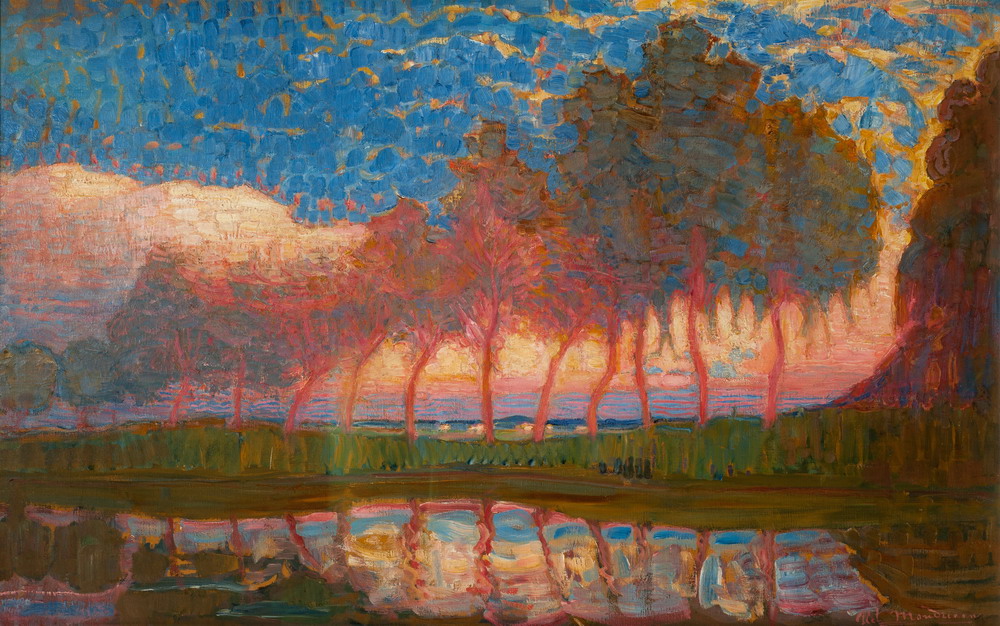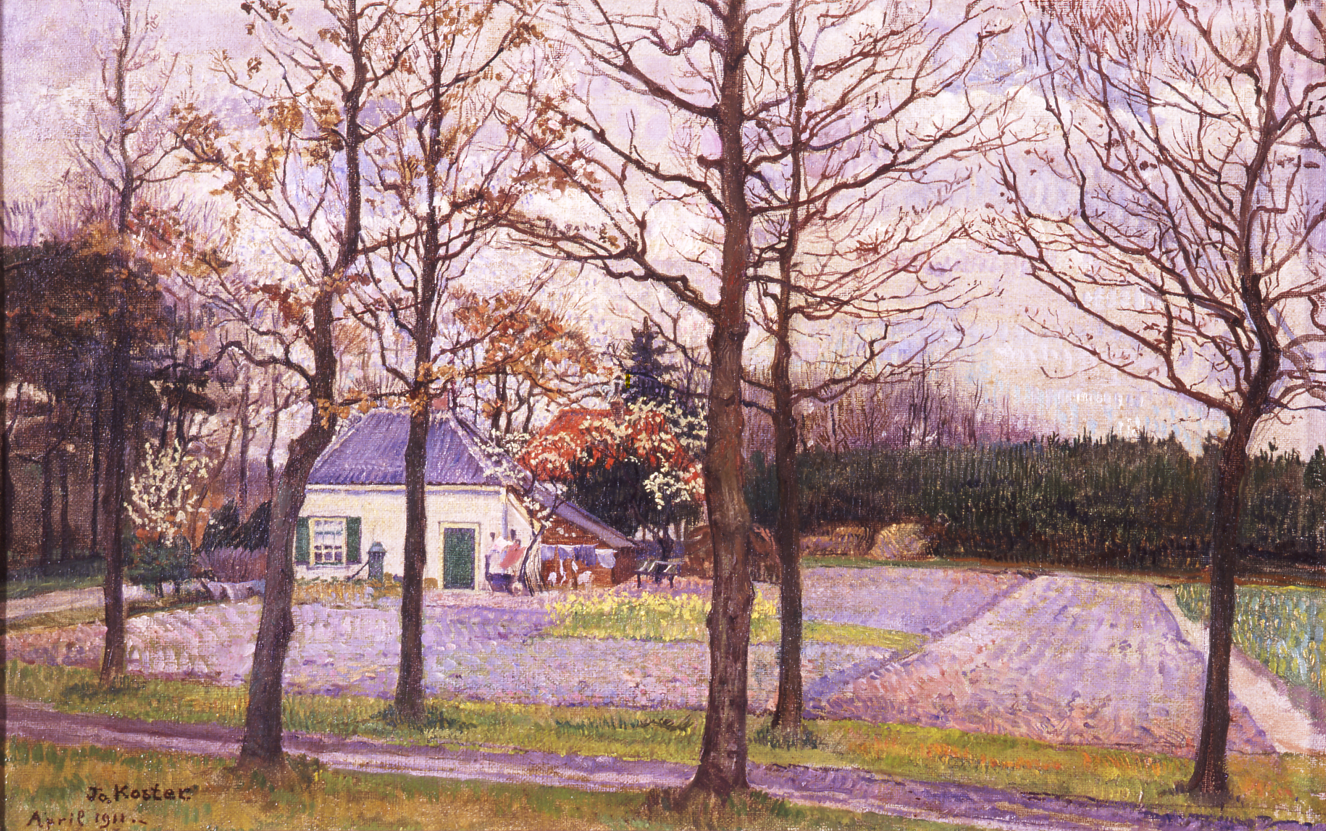
.png)
- From: 27 june 2025
- Through: 17 august 2025
- Location: Museum de Fundatie
Dutch impressionism - from Israels to Ansingh
In the 1870s, a group of young painters in France began to focus on capturing the fleetingness of a moment. Changing light and colour play the leading role. In doing so, they ignore the academic tradition of painting. Instead of imitating reality as precisely as possible, they look for ways to capture an atmosphere, an “impression”. To do so, they use loose brushstrokes and unmixed paint. They are quickly dubbed “the impressionists” by critics. Among them are Claude Monet, Pierre-Auguste Renoir and Edgar Degas. The invention of paint in a tube allowed the Impressionists to paint outdoors. This allows them to even better depict a direct impression of their surroundings. Impressionism will be an important breeding ground for the development of modern painting.
During the same period, Dutch artists increasingly get in touch with their colleagues from France. From the late 1880s, Impressionism really begins in the Netherlands too, with George Hendrik Breitner, Isaac Israels, Willem de Zwart and Jan Toorop as its main figures. The Amsterdam Joffers, such as Lizzy Ansingh, also worked in an impressionist style. Like their French colleagues, they look at everyday, seemingly accidental moments. They often work in the city and paint many figures. This presentation of the Fundatie Collection focuses on the works of the Dutch impressionists.
 Piet Mondriaan, row of eleven poplars in red, yellow, blue and green, 1908, The Fundatie Collection
Piet Mondriaan, row of eleven poplars in red, yellow, blue and green, 1908, The Fundatie Collection
The Dutch perspective: city, woman and landscape
The exhibition features well-known names, but also highlights artists who have long been underexposed. Women like Lizzy Ansingh, Thérèse Schwartze, Jo Koster and Coba Ritsema worked at a time when their visibility was not taken for granted. Yet they painted their surroundings with conviction: portraits, interiors, children with animals, women with cats.
Impressionism also landed outside the big city. Artists like Jo Koster paint the landscapes of Overijssel with a loose touch, often “en plein air”, directly in nature. Her paintings show the influence of French neo-impressionism, but also an idiosyncratic search for colour and light.
 Jo Koster, Spring landscape with a white house, 1911, The Fundatie Collection
Jo Koster, Spring landscape with a white house, 1911, The Fundatie Collection
A young Mondrian, before De Stijl
Piet Mondrian became world-famous for his abstract compositions of lines and planes. But those who look at his early work see another side of him. This exhibition features two landscapes from his post-impressionist period. One still subdued in colour, the other painted much more freely - yet even here it is already about working with shape and colour, the rhythm of trees and their reflection. He drew his inspiration from Dutch nature, but also from exhibitions of Van Gogh and the work of contemporaries such as Israels and Breitner. These early paintings give a special insight into his development.
- From: 27 Jun 2025
- Through: 17 Aug 2025
- Location: Museum de Fundatie
Also check these exhibitions
-
Sculpture garden
.png)
near Kasteel het Nijenhuis
Kasteel Het Nijenhuis -
Fundatie Collection: REMIX
.png)
New perspectives in the castle
Kasteel Het Nijenhuis -
At Home With Ter Borch
.png)
A Family of Artists in Zwolle
Museum de Fundatie -
Ivna Esajas
.png)
In The Garden of My Good Days
Museum de Fundatie -
Speaking Heads
.png)
Charlotte van Pallandt
Kasteel Het Nijenhuis -
Chourouk Hriech
.png)
In 17th Heaven
Museum de Fundatie -
Modernism from the Fundatie Collection
.png)
Van Gogh to Picasso
Museum de Fundatie